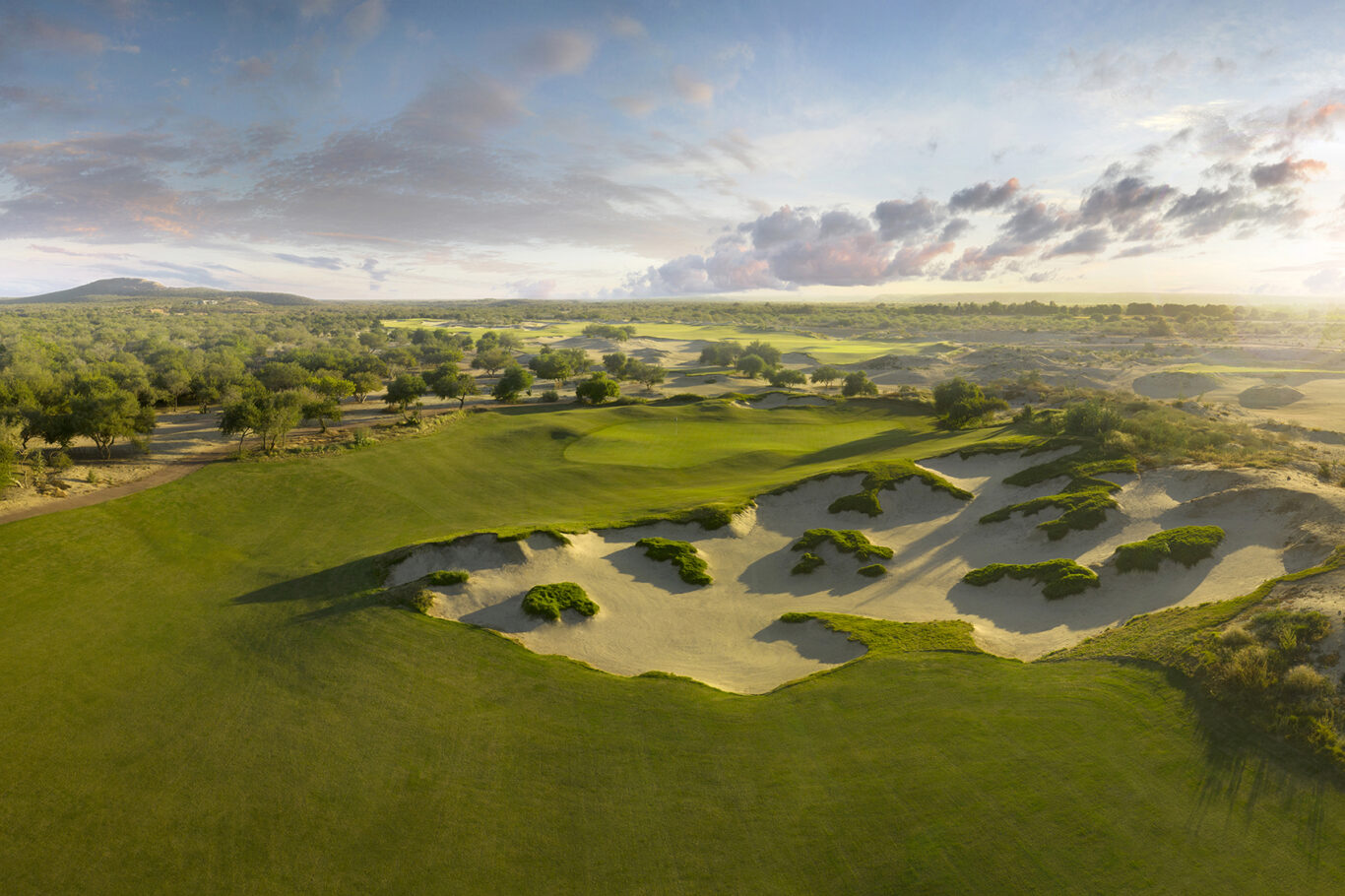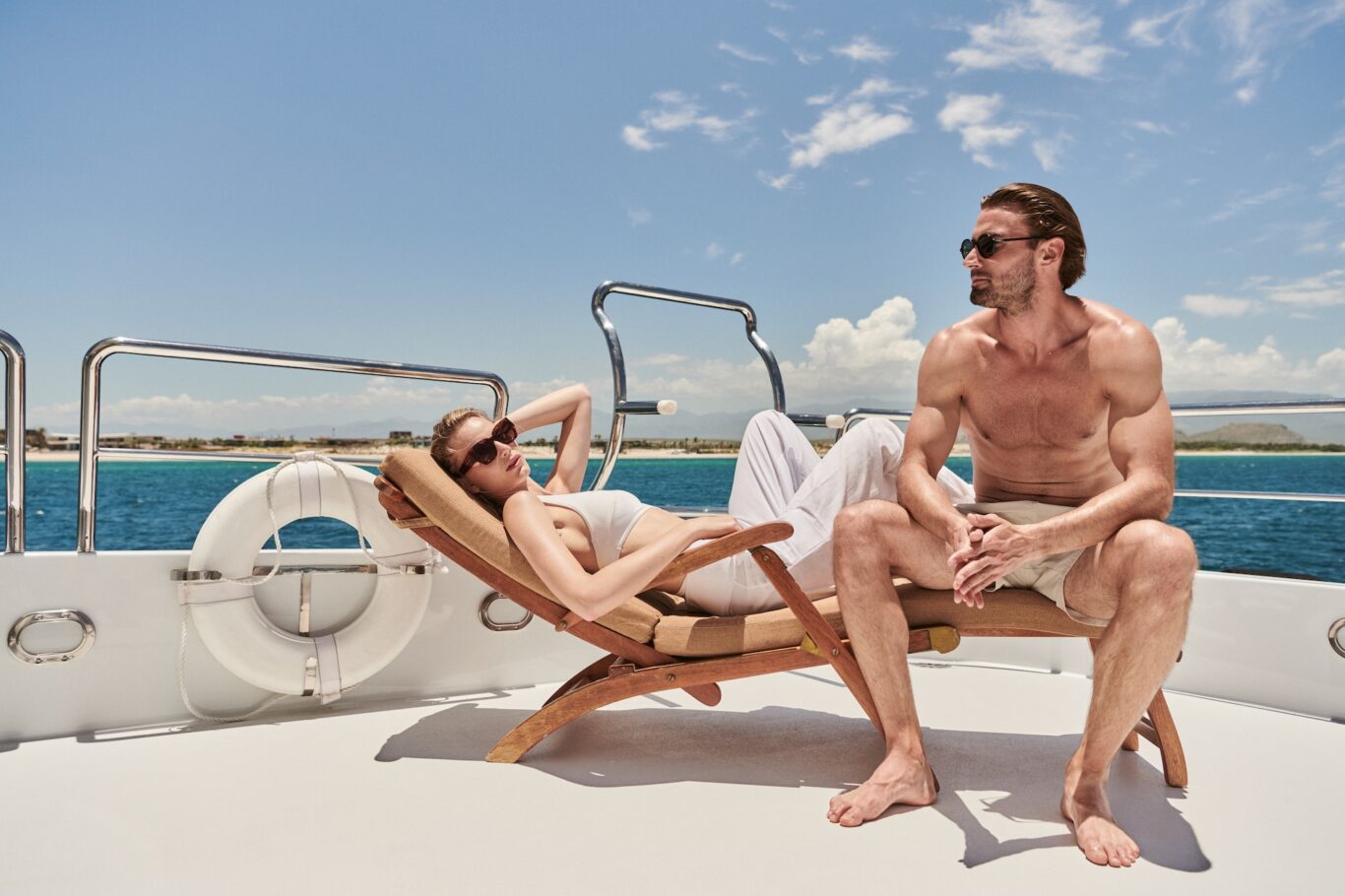
Blog | Saturday, December 18, 2021
Fishing Guide: What to Do With Your Catch
Stretching from Puerto Los Cabos to the Cabo Pulmo and Los Barriles, the East Cape of Baja California Sur, Mexico is one of the best fishing locales on the globe.
Sportfishing in East Cape is particularly lucrative. Visitors head to the blue waters for swordfish, sailfish, wahoo, yellowfin tuna, roosterfish, group, Gallo fish, snapper, and Vela fish, among others. But it’s the marlin—blue, striped, and black—that brings international competition, as the area is internationally recognized as the Marlin World Capital.
Tournament fishing in East Cape
There are multiple million-dollar competitions for fishing in East Cape, including the Los Cabos Offshore and the Bisbee Black and Blue, both held in October. Another big draw is the East Cape Offshore, which the Bisbee family has hosted there since 2000. Just how big a deal is it?
In 2020, 72 teams competed for a total prize jackpot of $1,100,000. It was record-breaking, both in terms of boats and money earned. But by 2021, the stakes were raised, with nearly 100 boats and a total prize pot of $1.6 million. Among many other categories and prizes, the winning team took home $431,800 for its 305-pound blue marlin AND $790,712 for its 597-pound black marlin.
Although you may not be at competition-level yet, you can still schedule your fishing trip in East Cape to enjoy the excitement and camaraderie of these mega tournaments. In August 2022, the East Cape Offshore fishing tournament will once again be held in Buena Vista, just next to Costa Palmas. The Los Cabos Offshore tournament will be held October 20 through 23, 2022 and Bisbee’s Black & Blue is slated for October 25 through 29.
If you’re headed to Baja California Sur for fishing in East Cape, it’s doubtful it’ll be hard to catch something. Whether you’re an experienced fisherman bringing your own boat to the world-class private marina at Costa Palmas or plan to join a charter with experts offering instruction, you’ll need a plan for your catch.
Here are several options to help you decide what to do with your prize.
-
Release it
“There’s plenty of fish in the sea” applies to fishing in East Cape, but catch and release is preferred for conservation. Of course, if you catch the marlin of a lifetime or you’re a first-timer, it’s legal—and not necessarily frowned upon—to bring back your catch.
-
Clean and filet it yourself
Cleaning and filleting fish might be second nature to some, but if you’re new to the idea or just don’t feel like getting your hands dirty, most charters will handle it for you. If it’s not included in your charter package, expect to pay a couple dollars per small fish. For much larger fish you will pay upwards of $50.
-
Smoke it and freeze it
For some additional flavor, you can request that your charter company smoke your fish. The team will also vacuum pack it for your return flight. This provides a savory memento and proof that fishing in East Cape is not only fun but also delicious.
Some establishments—including fishing charters and hotels—will even store your frozen fish for you until you’re ready to go home.
-
Take it to a restaurant
Arguably, one of the most rewarding parts of fishing in East Cape is enjoying the fruits of your labor. Most fishing charters can recommend restaurants that will cook your fish—usually for a small fee. Some of the establishments are steps from the dock, ensuring you’ll be enjoying your meal immediately after your boat returns.
Additionally, many of the area’s resorts have on-site restaurants whose experienced chefs will know just the right seasonings and preparation to elevate your catch to world-class fare.
At the Four Seasons Los Cabos at Costa Palmas, for example, diners can set sail on a fishing boat at the private marina as part of the “Catch Your Own” dinner program. Upon returning from the Sea of Cortez with your prized snapper, sailfish, or other tasty fish, the chef will prepare it with your choice of signature sauces and sides.
-
Take it home to eat
Your fish doesn’t need to be smoked to head home with you. Fishing in East Cape is so popular that the process of returning home with a fresh catch has been streamlined. Simply toss your tightly packed frozen fish in a cooler and secure the chest with duct tape. You can pick one up at a local store. Don’t worry about adding ice or dry ice.
Most airlines will restrict passengers to 44 pounds of additional items that you can bring home. You can bring more if you’re willing to pay extra fees.
It’s worth noting that if you plan to go fishing in East Cape, limit your checked bags to one. This will allow you to count the ice chest as your second checked bag when you leave Cabo. Of course, always check your airline’s policies on baggage and transporting fish before your trip.
-
Have a replica made
You can’t visit the Baja California Sur without understanding the importance of conservation for the land, sea, air. Especially coral reefs and sea creatures. But fishing in East Cape gives you a special glimpse into the importance of preserving the fish population. Many of which were once at great risk. To do your part, consider making a fiberglass replica made of your catch.
Before releasing your fish, take its measurements and snap a few photos. When you return home, contact a taxidermist to create a replica. It will give you the look and feel of a real fish but with a much longer shelf life. You’ll still have “proof” of fishing in East Cape but you’ll be doing your part to preserve the species.
Want to learn more about fishing in the area? Fill out the form below to learn more about staying at the Four Seasons Resort Los Cabos during your trip.


